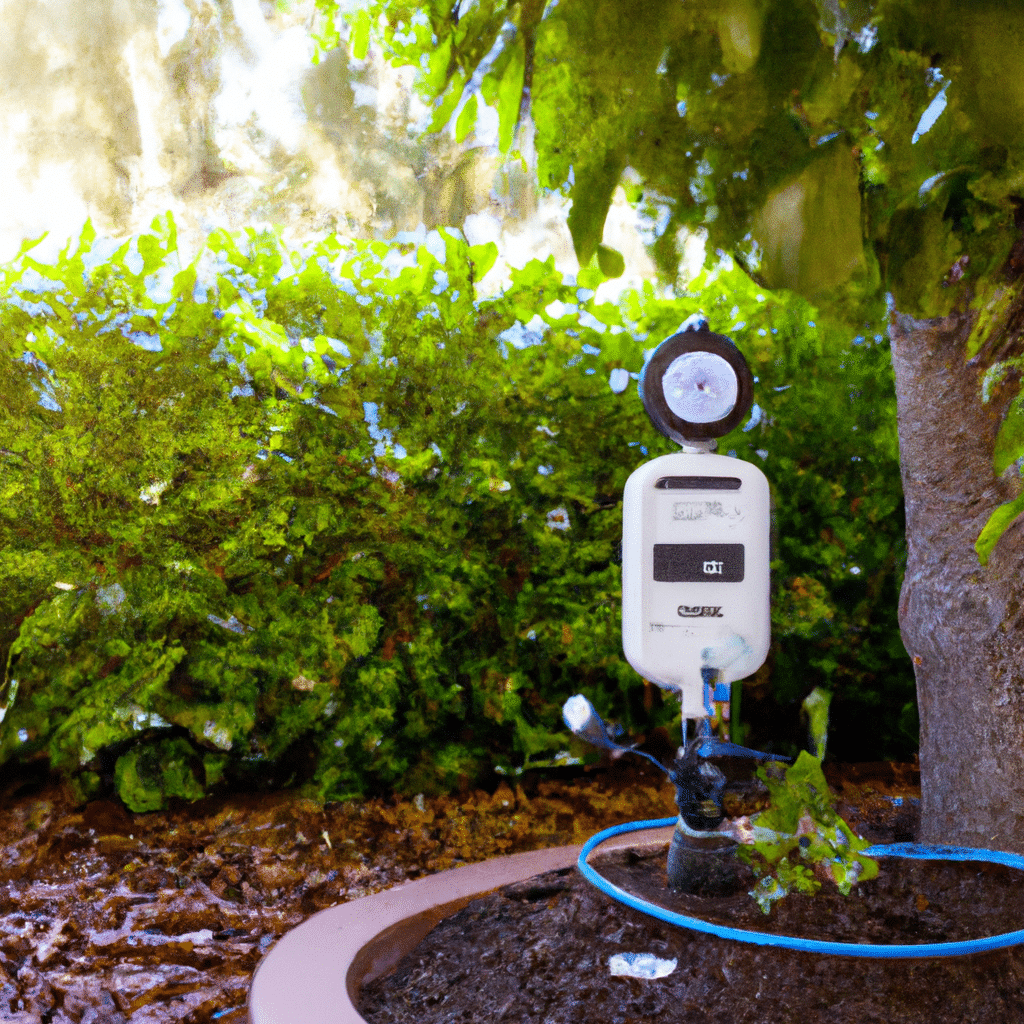The Role of IoT in Water Conservation and Management
Water is one of the most precious resources on our planet, and its conservation and management are critical for sustainable development. With the growing population and increasing demand for water, it is essential to adopt innovative technologies to optimize water usage and reduce wastage. In recent years, the Internet of Things (IoT) has emerged as a game-changer in the field of water conservation and management. In this article, we will explore the role of IoT in water conservation and management and how it can help us to achieve our sustainability goals.

What is IoT?
IoT is a network of interconnected devices that can communicate with each other over the internet. These devices can be anything from a simple sensor to a complex machine, and they can collect and share data in real-time. The data collected by these devices can be analyzed to gain insights and make informed decisions. IoT has many applications in various fields, including agriculture, healthcare, transportation, and energy.
IoT in Water Conservation
Water conservation is the practice of using water efficiently to reduce wastage. IoT can play a significant role in water conservation by providing real-time data on water usage and identifying areas where water can be conserved. IoT sensors can be installed in water distribution systems to monitor water usage and detect leaks. These sensors can send real-time data to a central server, where it can be analyzed to identify areas where water is being wasted. This information can be used to make informed decisions on how to optimize water usage and reduce wastage.
IoT in Water Management
Water management is the process of managing water resources to ensure their sustainability and availability for future generations. IoT can help in water management by providing real-time data on water availability and usage. IoT sensors can be installed in water bodies to monitor water levels and quality. This data can be used to make informed decisions on how to manage water resources effectively.
IoT Applications in Water Conservation and Management
There are many IoT applications in water conservation and management. Some of these applications are:
Smart Irrigation Systems
Smart irrigation systems use IoT sensors to monitor soil moisture, weather conditions, and plant health to optimize water usage. These systems can reduce water usage by up to 50% compared to traditional irrigation systems.
Leak Detection Systems
Leak detection systems use IoT sensors to monitor water distribution systems for leaks and send real-time alerts when a leak is detected. These systems can reduce water wastage by up to 20%.
Water Quality Monitoring Systems
Water quality monitoring systems use IoT sensors to monitor water quality in real-time. These systems can detect contaminants and pollutants in water bodies and send alerts when water quality is compromised.
Flood Warning Systems
Flood warning systems use IoT sensors to monitor water levels in rivers and streams and send real-time alerts when a flood is imminent. These systems can help to prevent flood-related damages and save lives.
Conclusion
In conclusion, IoT has enormous potential in water conservation and management. By providing real-time data on water usage, availability, and quality, IoT can help us to optimize water usage, reduce wastage, and manage water resources effectively. Smart irrigation systems, leak detection systems, water quality monitoring systems, and flood warning systems are some of the IoT applications in water conservation and management. As we move towards a sustainable future, IoT will undoubtedly play a crucial role in achieving our sustainability goals.












